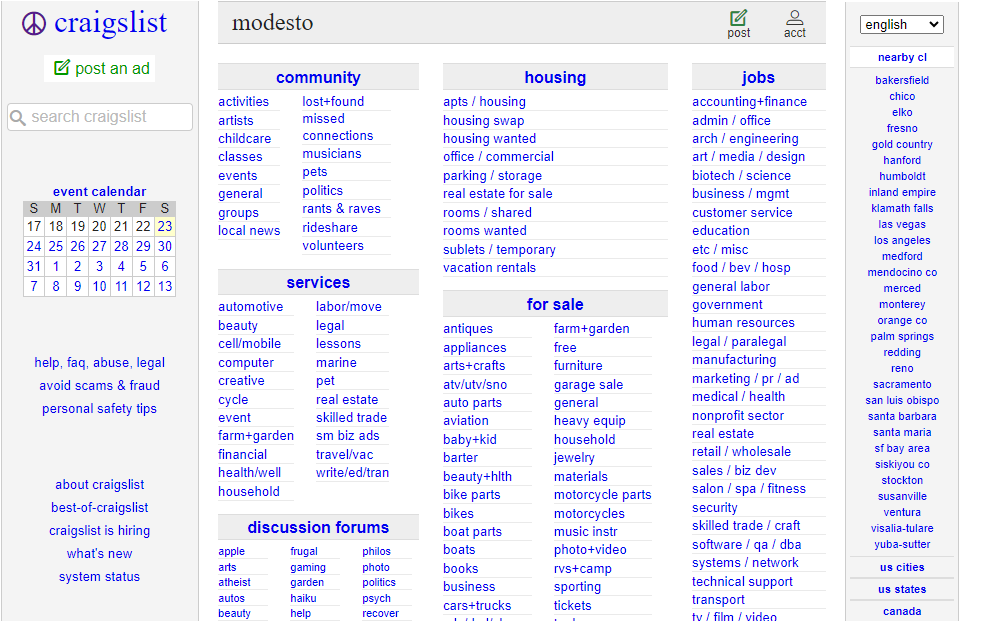Employee training programs are essential in any organization. Role-based employee training programs can be even more effective when designed specifically for the needs of each particular job within an organization. With the right program, employees will gain more detailed knowledge of their roles and responsibilities, leading to better workflow and increased productivity. Creating a customized program tailored to job roles may sound daunting. Still, with these five expert tips, you’ll soon discover how easier creating a successful role-based employee training program for your business can be!
Research and analyze the roles and job responsibilities and Use data to evaluate the effectiveness of your training program:
Designing a training program for employees is an essential part of ensuring the success of any organization. It involves researching and analyzing each employee’s roles and job responsibilities, so that you can tailor a training program to meet the specific needs of each department. This approach helps create a more efficient system that enables employers to identify knowledge gaps within their organization and address them in a targeted manner. To ensure the training program is effective, it is essential to have data that clearly outlines its impact. Lattice, a leading performance management tool, is an excellent resource for tracking progress and completion rates and assessing how well the training has been understood. With this valuable information, employers can make necessary adjustments to the training program, ensuring that it delivers results and sets employees up for success from day one. Using Lattice also helps organizations identify skills gaps and offer targeted training solutions to employees. This, in turn, helps to improve overall job performance and enhance the organization’s productivity. With training programs based on individual needs, employers can ensure that employees are better equipped to handle their job responsibilities, ultimately leading to better business outcomes.
Create measurable skills-based objectives for each role:
Creating measurable skills-based objectives is crucial when creating role-based employee training programs. Tracking and measuring goals can be challenging (or even impossible) without clearly defined and quantifiable skills-based objectives. It’s necessary to clearly define what should be achieved through the program in terms of competencies and skills acquired, as well as the time frame within which these should be accomplished. This allows gauging each employee’s progress effectively, so you can evaluate their performance and refine your training programs accordingly. Set SMART objectives that are Specific, Measurable, Achievable, Relevant, and Timely to ensure success in your role-based training initiatives.
Design an effective learning environment based on individual needs:
Creating an effective learning environment based on individual needs requires a keen eye for detail and knowledge of how to best accommodate various learning styles. A role-based employee training program can be an invaluable tool in this regard as it allows managers and instructors to tailor their approach based on the skills and abilities of each individual employee. By taking into account the unique characteristics and roles of each person being trained, instructors can craft interactive experiences that better suit their learners’ needs. From providing feedback to setting clear expectations, following these five expert tips can make all the difference in helping design an efficient, effective learning environment best suited for each learner’s needs.
Monitor employee progress to ensure success:
Monitoring employee progress is a critical component for success with any employee training program. It allows companies to track their employees’ learning progress, provide personalized guidance and feedback, and help employees fill skill gaps. Exercising control over the training process also empowers managers to identify areas of improvement and overall trends in performance. To maximize effectiveness of the training program, it’s important to have proper infrastructure in place; tools like assessments and surveys are great ways to keep tabs on performance, as well as providing data metrics to measure results. Additionally, setting up regular check-ins between managers and employees give both parties an opportunity to discuss challenges or obstacles that the employee may be facing, thus helping them continue on their journey toward the successful completion of the program.
Incorporate feedback from employees and supervisors to maintain relevancy:
Integrating employee and supervisor feedback when creating role-based training programs can help ensure that the content remains relevant and up-to-date. Seeking this type of input ensures program creators stay in the know on current industry trends while giving employees a direct say in the development of the program, which can increase their engagement and buy-in. Additionally, having supervisors provide feedback on relevant topics is important, as they are able to give insight into what job skills will most benefit their teams based on specific job requirements. Incorporating feedback from all involved parties makes sense for creating and maintaining effective training programs that are tailored for specific roles.
Overall, it is essential to create effective role-based training programs in order to foster an environment of learning and development. It is vital to research to stay knowledgeable about the qualifications and roles of your employees. Using data in evaluation, you can keep track of each individual’s progress for the best outcome. Tailor-making objectives based on the employees’ roles allow better understanding and tracking of individual goals. By providing a conducive and customizable learning environment, employers can help their team learn more effectively. Monitoring employee progress is key – feedback from supervisors as well as employees will ensure relevance and quality over time. With this, employers can be confident that their team has the tools to succeed now and in the future.







Add Comment